The aircraft fleet
Key to choosing the right school
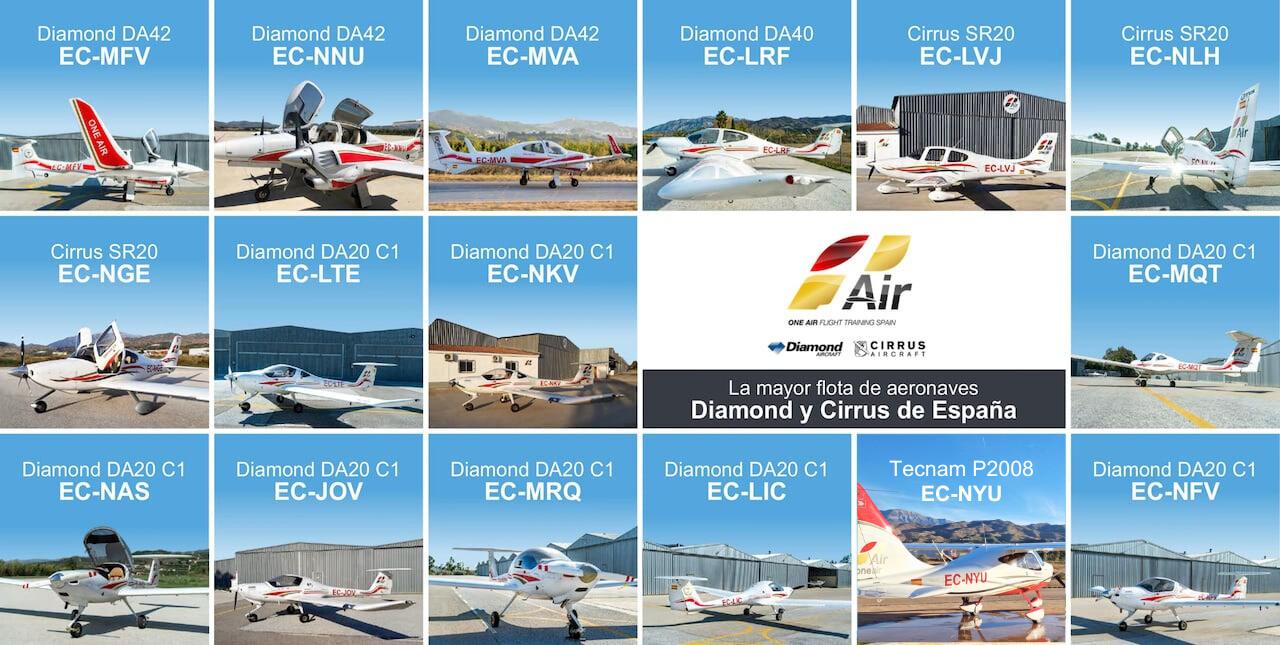
Key to choosing the right school
One of the keys to choosing the best flight school, where to carry out your training as a Private Pilot or a Commercial Airline Pilot, it’s their fleet of aircraft. Seems obvious, right? But do you know what you really need to be looking for?
When choosing a Pilot school where you’ll be studying, you can find many concepts relating to the aircraft fleet that are difficult to understand. Avionics, types of engines, registrations, performance and specifications, it’s normal to feel confused.
For this reason in this post, we are giving you a few key pointers you’ll find indispensable for making the right decision. Would you like to know how to identify a good fleet? If so carry on reading.
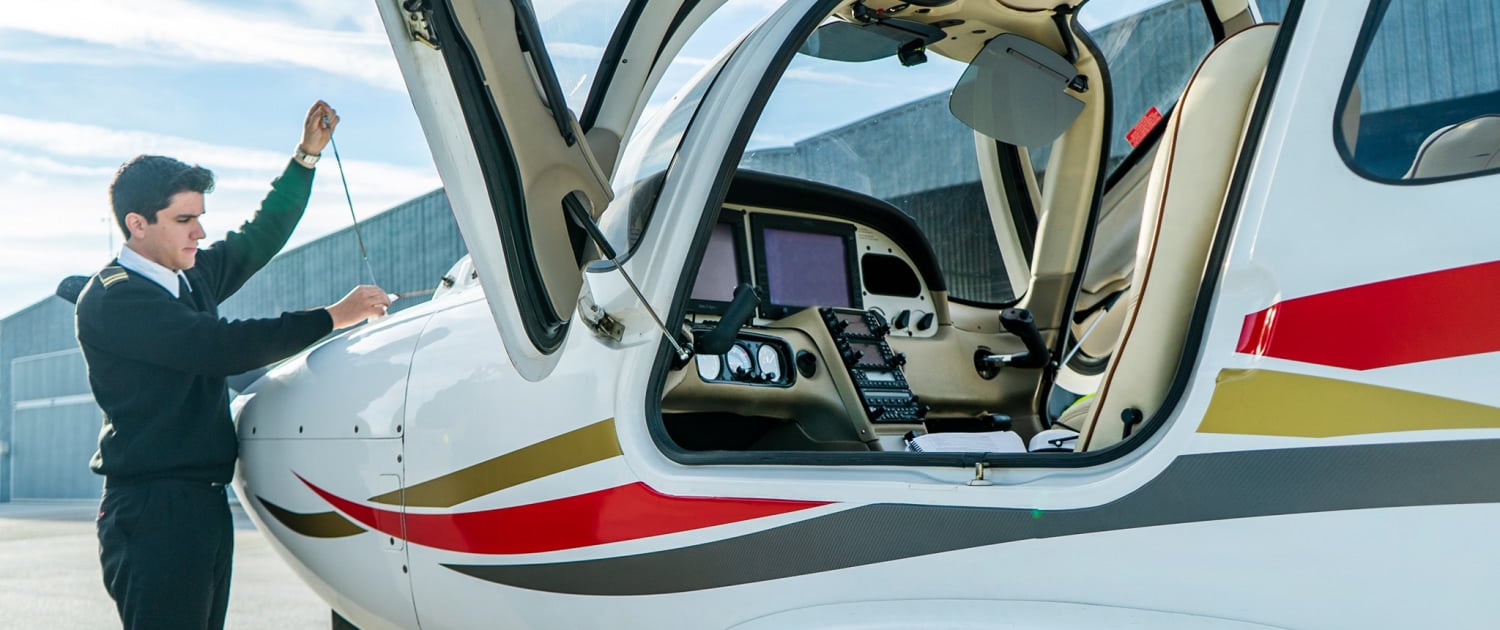
The number of aeroplanes that make up the fleet is most important, the more aircraft the school has, the more flight slots they can offer.
So, when talking about the amount of aircraft in the fleet, request the registrations. This way, it’s easy for you to check the number of aircraft they have in reality is the same as what they are selling.
At One Air, we believe transparency is essential, for this reason we like to show the registrations of our fleet. This way, you can easily check how many aeroplanes are available to you.
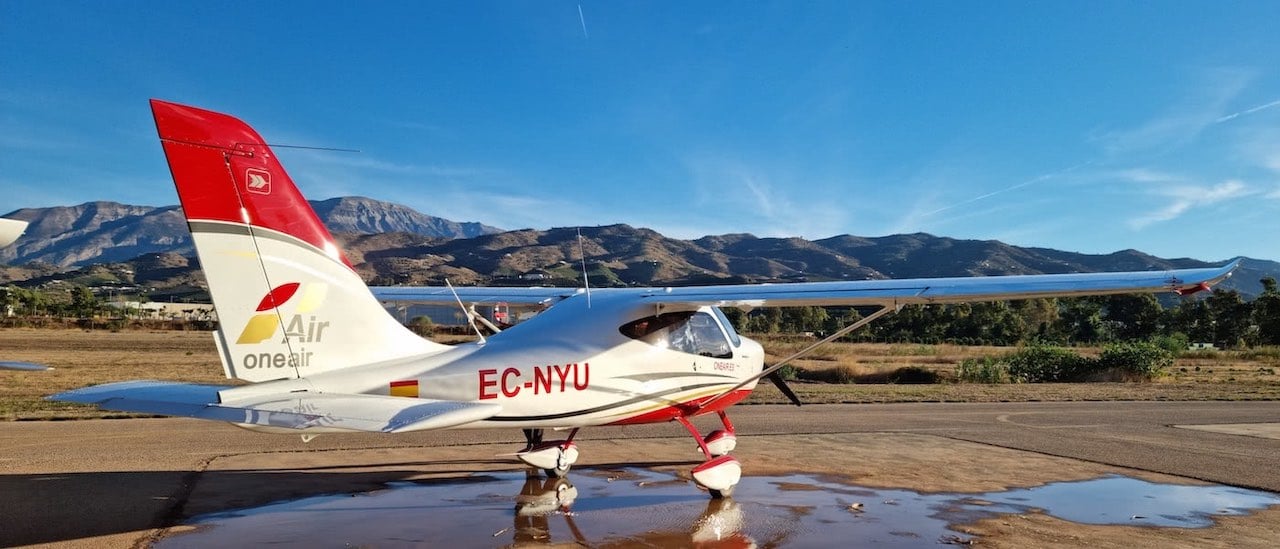
In every sector, there are manufacturers who stand out above all of them. It’s historically been this way, and without a doubt it this will continue. It’s important to understand that not all aircraft are the same and there are important differences between manufacturers.
Our principals as a Pilot school, at One Air we’ve given priority to the enormous benefits unifying most of the aircraft fleet provides. For this, we currently have the largest float of Diamond and Cirrus aircraft; the two leading manufactures in their segment.
Furthermore, ‘Avion Revue’ the Spanish aviation magazine with the highest readership published an interesting article comparing aeroplanes used by aviation schools in Spain. The article showed how the Diamond and the Cirrus proved to be way ahead of the others in terms of technology, flight performance, and security systems.
The key is, if you can have the best, why would you settle for less?
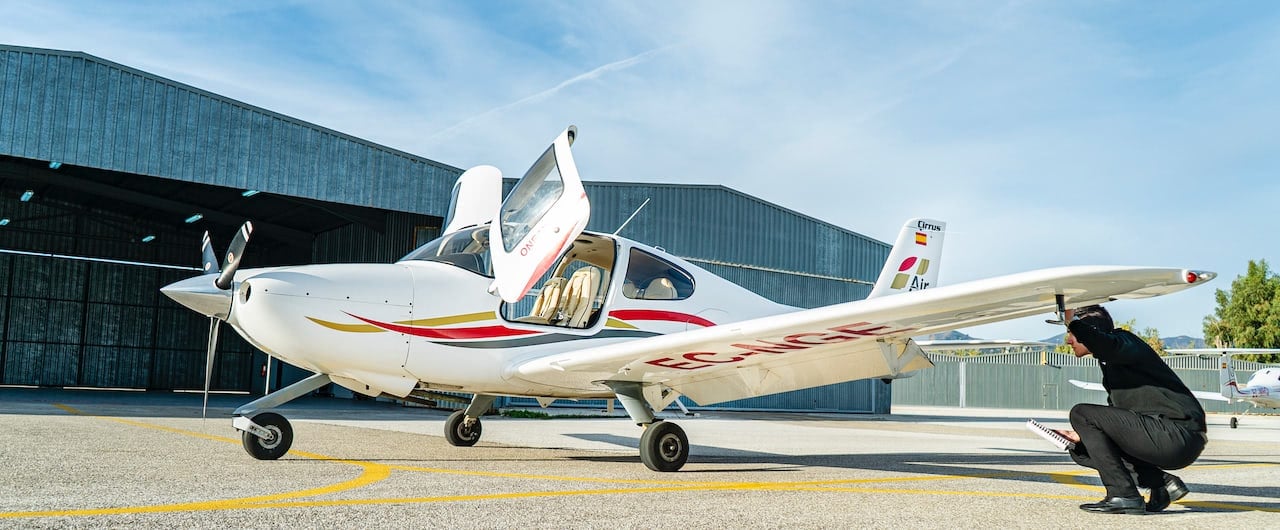
Just as the amount is important, so is the variety. However large the fleet is, it must be able to cover all of the stages in the pilot’s training. At our school we provide single-engines, advanced single-engines, and new generation twin-engine aeroplanes.
As you can see, our fleet of aircraft has been carefully selected to cover all your training with the best and most advanced aircraft for each stage.
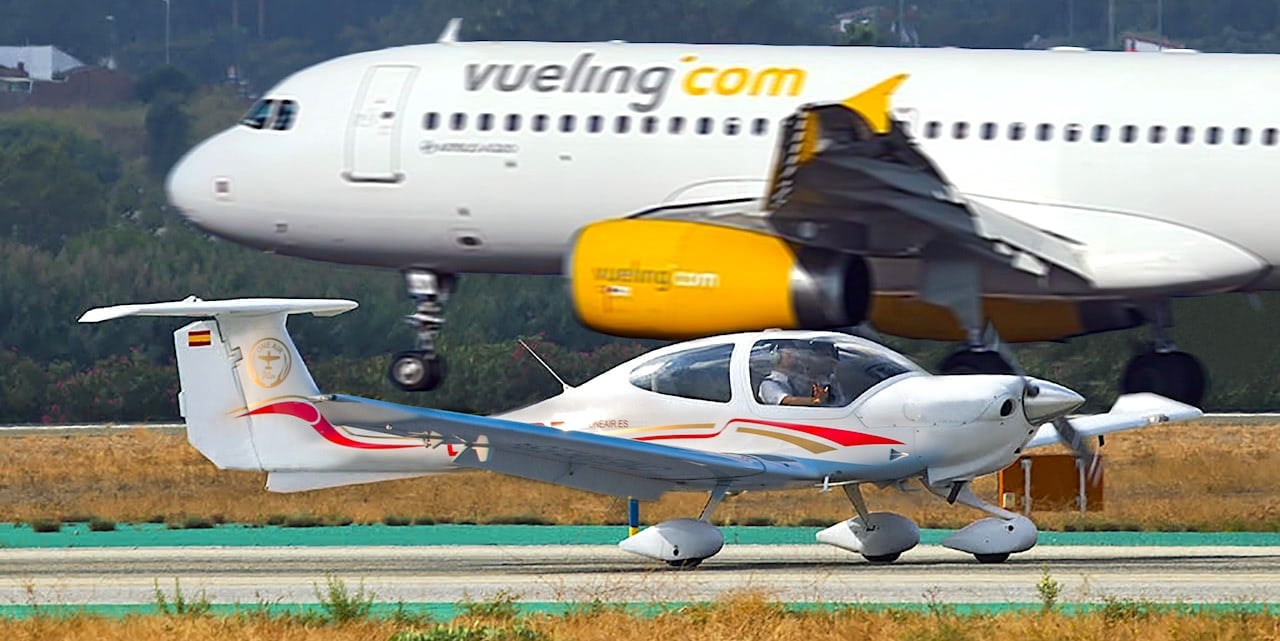
Lastly, and to finish our advice on how to identify the best aircraft fleet for you to become a pilot, we’ll talk about security systems and avionics.
These days airlines don’t fly DC3 with analogical instruments, they now use Glass Cockpit. However, some of our DA20s incorporate this type of instrumentation so that in the first phase of flight, the student is familiarised with all type of controls.
Beforehand our students fly more advanced Diamond DA20-C1 with G500, G650 systems, and IFD440 y G3X Touch; through the instrumental phase to then fly our single-engine advanced Diamond DA40 with Garmin G1000 and Cirrus SR20 Glass Cockpit.
Finally the last phases are flown in twin-engine Diamond DA42 Glass Cockpit Garmin 1000.
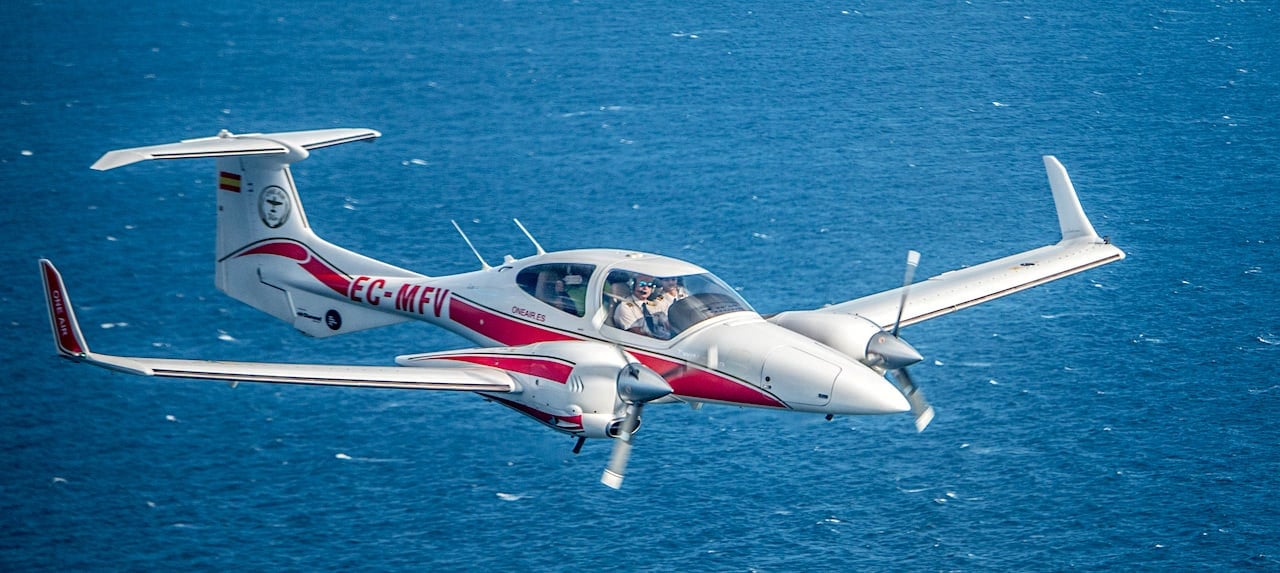
Now you know how to identify a good fleet of aircraft: ask for their registrations, inform yourself about the manufacturer, model, and aircraft type offered in academies, and find out about the avionics you’ll learn to use during your training.
Open your eyes, choose well and allow your career to fly.
Do you want to become a pilot? You must come to One Air.

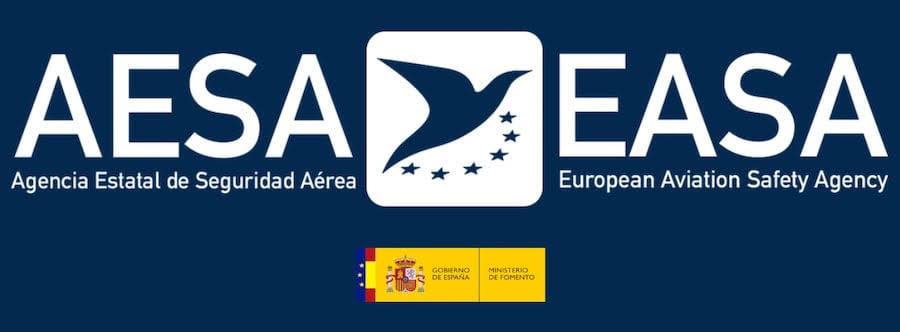
To provide the best experiences, we use technologies such as cookies to store and/or access information on your device. Consenting to these technologies will allow us to process data such as browsing behaviour or unique identifiers on this site. Not consenting, or withdrawing consent, may adversely affect certain features and functions.
